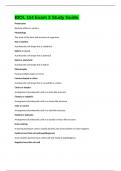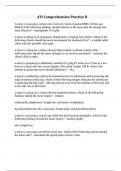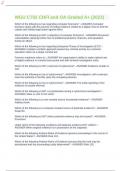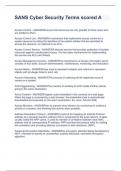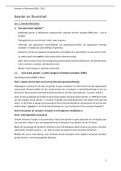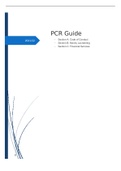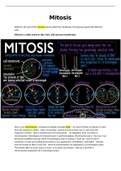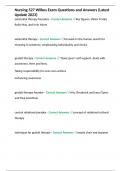Exam (elaborations)
BIOL 114 Exam 3 Study Guide.
- Course
- Institution
BIOL 114 Exam 3 Study Guide. Prokaryotes Bacteria without a nucleus Morphology The study of the form and structure of organisms Rod or bacillus A prokaryotic cell shape that is cylindrical
[Show more]
